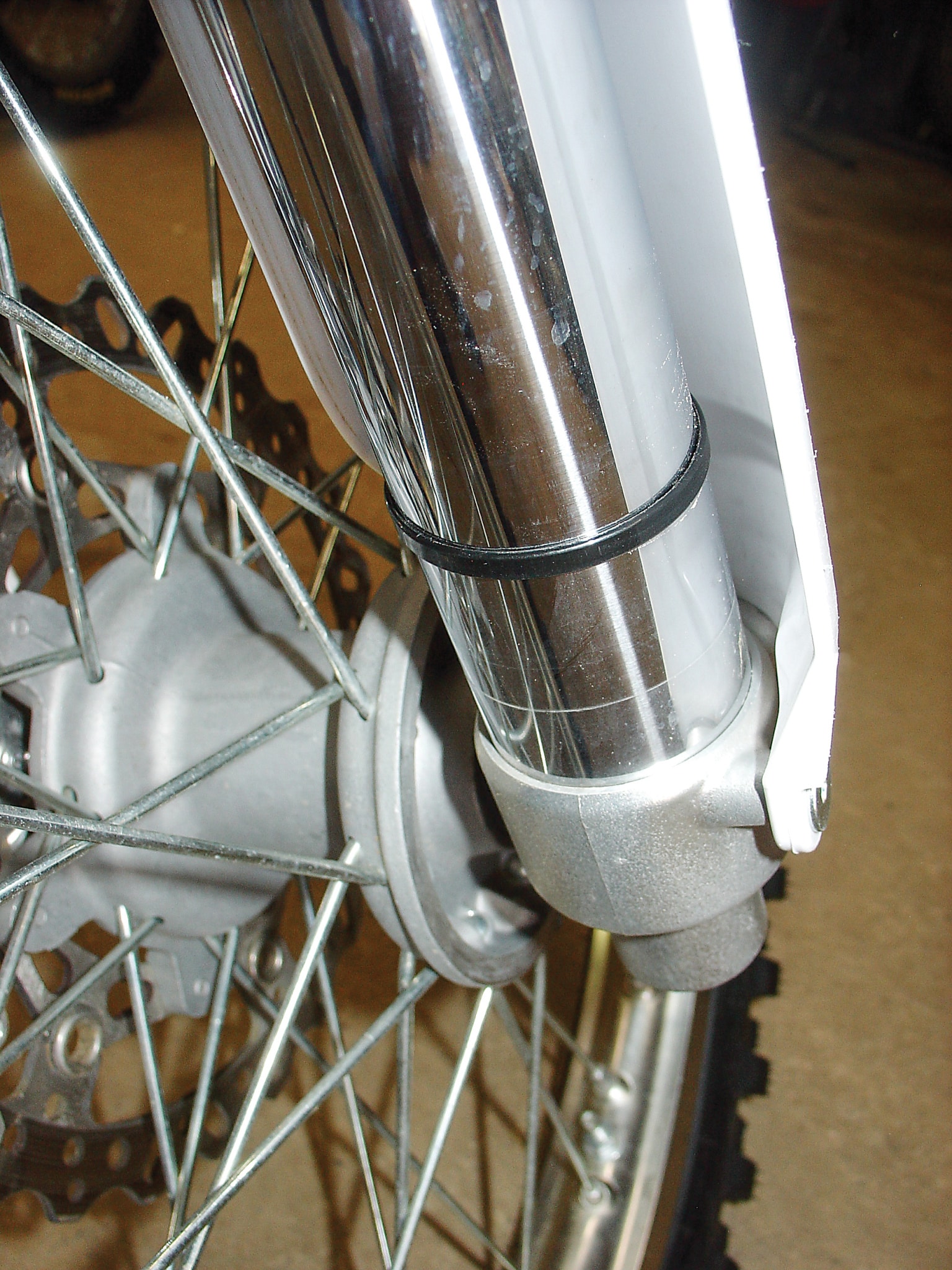ASK THE MXPERTS: ZEROING IN ON YOUR FORK’S PROPER COMPRESSION DAMPING

YOU DON’T NEED A SLIDE RULE
Dear MXperts,
I’ve been reading MXA for many years and have learned a lot about how MX bikes work and how to set them up properly as a result. You have written about shock sag many times, and I completely understand the concept of how to set it properly, but I rarely hear anything about the ability to move the forks up and down in the triple clamps. Does this mean fork sag is a non-issue?
Sliding the forks up and down in the triple clamps has very little to do with how the fork works. It is done to change the handling of the chassis, and while sliding them up does put more weight on the front wheel, that is not the primary goal of changing the fork height.
Fork sag is measurable in the same way as shock sag, but most riders don’t bother with it. They are mostly concerned about where the forks take a set while in motion. They don’t want their forks to hang down into the travel or not move enough under a load. In most cases, a zip-tie around a fork leg is a quick and easy method of telling a rider whether his fork setup is too stiff or too soft.
After riding for a few laps, if the zip tie is four inches above the bottom of the fork tube, your forks are too stiff; you need to lighten the compression damping. If the zip-tie is at the very bottom of the fork leg, your forks are too soft; you need to turn the compression damping in. If you have air forks you get the option of changing the compression damping or adding or subtracting air pressure.
One word of warning; turning your fork’s rebound damping all the way out will greatly reduce compression damping. If your forks feel too soft, you can can try turning the rebound damping in to make them stiffer.




Comments are closed.